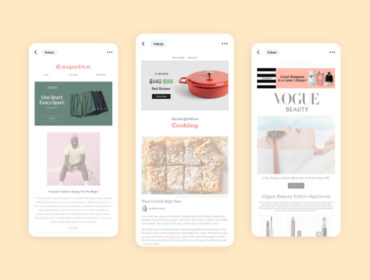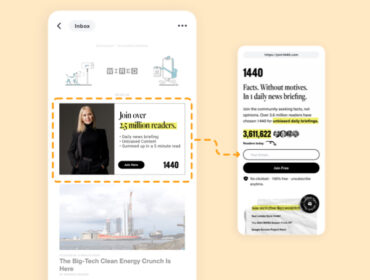Three verticals that have an opportunity to thrive following the holiday shopping season
It’s quaint to think that, after the holiday season, consumers are so weary of decision-making and spending that they don’t do much of either until Valentine’s Day revives their focus and opens their wallets. But as a consumer yourself, do you find that rings true? Yeah. Neither do we.
Yet, spend across digital advertising platforms typically dips in January following a massive spike for Black Friday and Cyber Monday. A big reason is because many retail brands, which dominate digital ad spending in the United States, often budget less money for open advertising markets early in the year.
This spending pullback and reduction in competition create unique opportunities for other industries. When CPMs drop in January, brands can maximize their ad dollars to reach premium audiences for a discounted rate through programmatic buying platforms. They can also get a greater number of impressions when they test new platforms and channels, like advertising in email inventory.
We think three verticals that can really benefit from running brand marketing during the January ad slump are health and wellness, financial services, and travel and hospitality. Here are some reasons why.
Healthy Ambitions
What’s a new year without resolutions? An Ipsos survey found health-related goals were popular among Americans who planned to make a 2020 resolution. They included:
- Eating healthier (51%)
- Being more active (50%)
- Losing weight (42%)
- Improving mental wellbeing through techniques like stress reduction and mindfulness practices (38%)
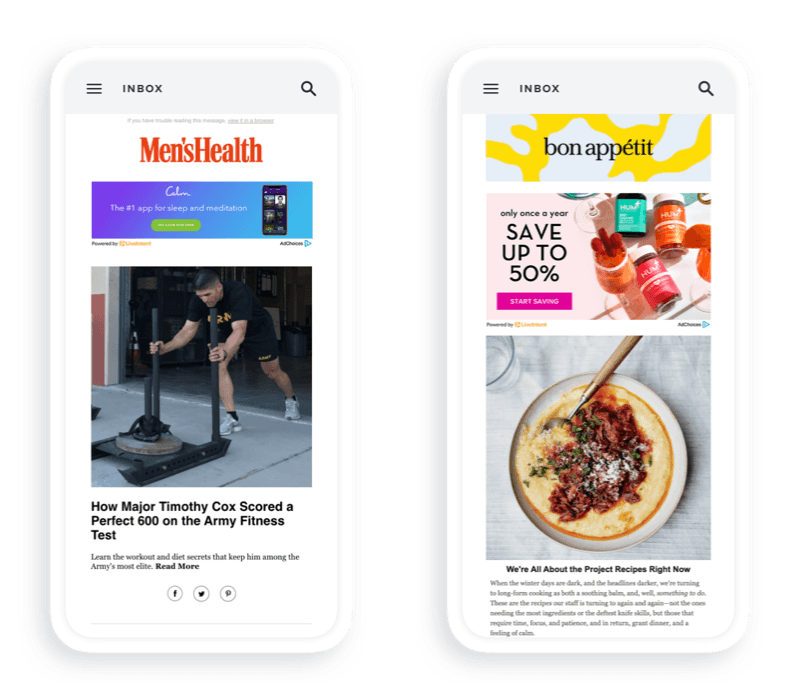
Marketers for gyms, weight-loss programs, recipe and mindfulness apps, fitness equipment, and other companies in the health and wellness sector could score big by reaching motivated consumers in January – and the sooner the better. One study named January 19 as the day people would most likely give up on their 2020 fitness resolutions.
Fiscally Fit
Ipsos also found 51% of Americans who planned to make a 2020 resolution had goals related to finances.
These intentions could be of the fresh-start variety. A new year is a fitting occasion for folks to create a budget, commit to saving more, and finally research the financial terms they’ve been pretending to understand.
Other goals may be more pressing: A MagnifyMoney survey found Americans took on an average $1,325 of holiday debt in 2019. Of those borrowers, 78% wouldn’t pay off the debt by January, and 40% planned to consolidate debt and/or shop around for a good balance transfer interest rate.
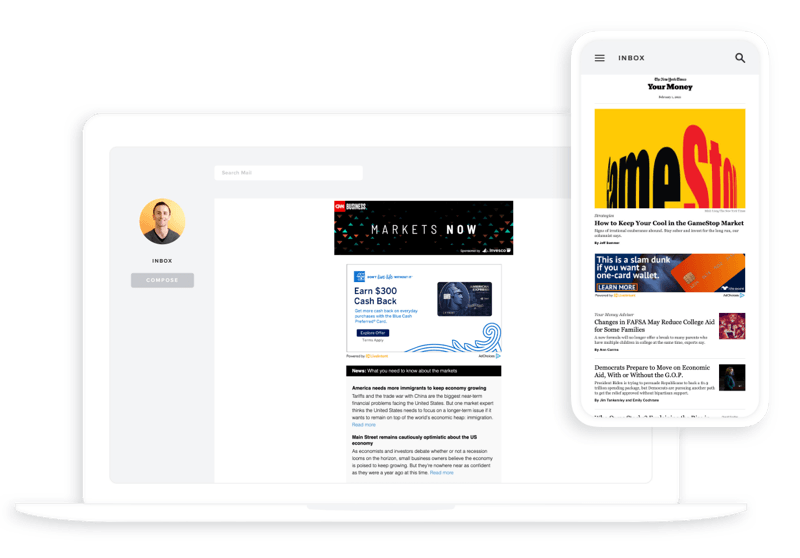
Likewise, while taxes aren’t due until April, it’s hard not to think about them in January when tax documents like W-2s and 1099s start arriving in the mail. Individuals eager for tax refunds can even file their returns in late January.
Turns out the beginning of the year holds potential for marketers in the personal finance niche including banks, credit card companies, apps for budgeting and financial education, tax preparers, and tax software.
Planning Escapes
National Plan for Vacation Day is a concoction of the U.S. Travel Association that is “celebrated” on the last Tuesday of January to nudge Americans to plan their time off. Quirkiness aside, the start of the year is an ideal time for worker bees to determine when they will buzz away for a bit.
January is actually the busiest booking month of the year for VRBO, for instance. It’s also the start of the “wave season” for cruise lines that runs through March – so named for the “wave” of promotions passengers can nab.
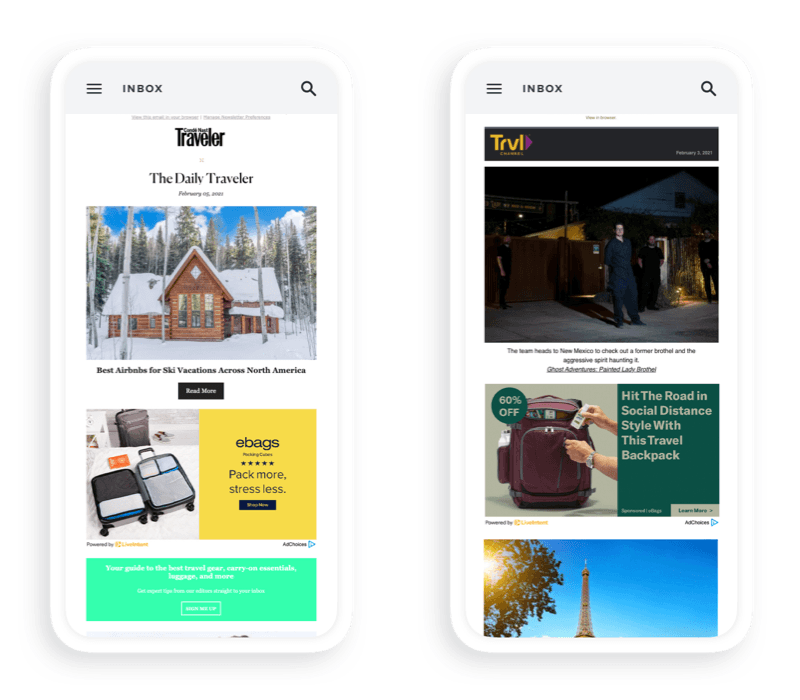
Of course, the truth is that individuals and businesses plan and book trips all year, which means the post-holiday season isn’t a time for travel and hospitality brands to lie low.
If you’re a marketer in one of these verticals, consider taking action across as many digital channels as possible in January. Visit our solution page to learn how LiveIntent can help you reach incremental audiences in the truly differentiated advertising channel that is email
